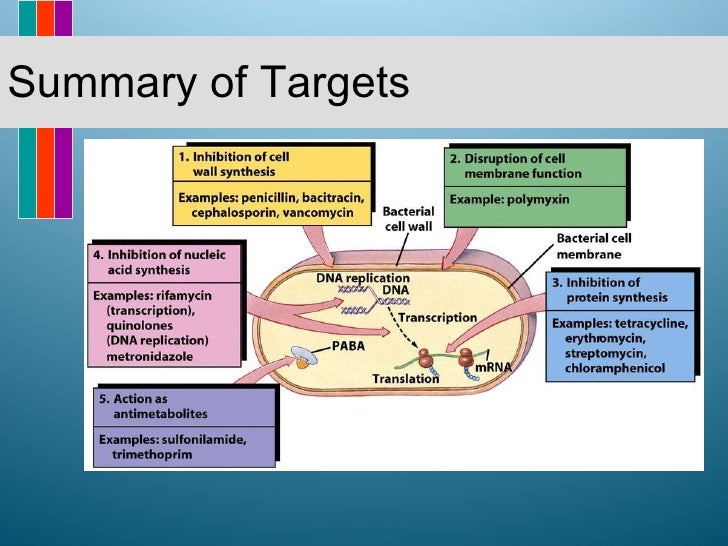Most news about the science and business of antibiotic development is bad. Major pharmas continue to drop their antibiotic R&D programs. Those that remain are not being rewarded: of the 16 antibiotics approved 2000-2017, only 5 had sales of more than $100M. That might seem like a lot of money to you or me, but it’s not – especially when new cancer drugs routinely rack up sales in excess of $1B. Pharmas have responded to these market incentives in a completely rational and predictable manner, dropping antibiotic R&D and rushing cancer therapeutics to the market. That, to my mind, is a good argument for socializing antibiotic R&D.
But despite some movement in that direction from not-for-profit entities like CARB-X and the Gates Foundation, we are not there yet. Although new antibiotics are being approved at a slightly higher rate than in the recent past, the pace of research is leisurely compared to the level of clinical need. Even fairly noteworthy developments, like the new screening methods that unearthed teixobactin, are usually worth no more than modest interest. That’s because a) the new compounds typically target Gram-positive bacteria (such as S. aureus) and b) attack the same bacterial molecular targets as existing antibiotics. We have a number of good antibiotics to treat resistant Gram-positive infections – the real need is antibiotics to treat resistant Gram-negatives. And drugs that attack existing molecular targets are likely to encounter cross-resistances that are already out there, compromising their usefulness.
A recent paper out of Genentech is noteworthy because it describes a new class of compounds that inhibit a novel target in a wide range of Gram-negative bacteria, even those that are resistant to most or all clinically useful antibiotics.
All current antibiotic classes target bacterial cell walls, nucleic acid synthesis or protein synthesis:
Although new compounds may target different components of these systems, they are at risk of encountering resistance because these systems have been targeted for so many years.
The new compound is an arylomycin:

From Optimized arylomycins are a new class of Gram-negative antibiotics
These compounds inhibit bacterial signal peptidase, an enzyme that processes proteins for export from the cell interior. The key features of the drug candidate G0775 are the nitrile group at right (the triple-bonded N) and the modulation of the tail regions (in red and purple above).
The nitrile attacks the active site of the signal peptidase, inactivating it by forming a stable chemical bond with it. That was the (relatively) easy part of the work.
The hard part – which is always the most important part – are the seemingly mundane tail modifications. Scientists have been working on arylomycins for at least 20 years, but they focused strictly on its application to Gram-positive pathogens.
Gram-negatives (eg., E. coli, Klebsiella, Pseudomonas and Acinetobacter) differ from Gram-positives in having an additional outer membrane around their cell walls. This membrane excludes dyes like Gram stain (thus the name) and more critically, it excludes many antibiotics, arylomycins included.
G0775 succeeds in getting past the outer membrane, even though the researchers are not sure just how or why it does. The modifications from the original arylomycin scaffold should make it less able to penetrate the outer membrane, at least according to our limited understanding of how these things work.
I will bet that there is an interesting back story here. The researcher(s) who proposed this modification program probably got shot down, or were at least discouraged from pursuing this work. They either made their case somehow, or (more likely) went ahead and did it anyway, quite possibly working on their own time nights and weekends after their other work obligations were filled. They followed the dictum of Davy Crockett: Be sure you are right, then go ahead.
Scientists tend to be a pretty ornery crew – ego-driven conflicts are the norm in most organizations. If G0775 ever makes it to the clinic and starts saving lives – a decent bet but not a sure one – we can probably thank a conceited annoying asshole who insisted they were right when everyone else was sure they were wrong. Progress is rarely pretty. It requires jerks and assholes at times. It’s good to see that there are at least a few working on new antibiotics.

